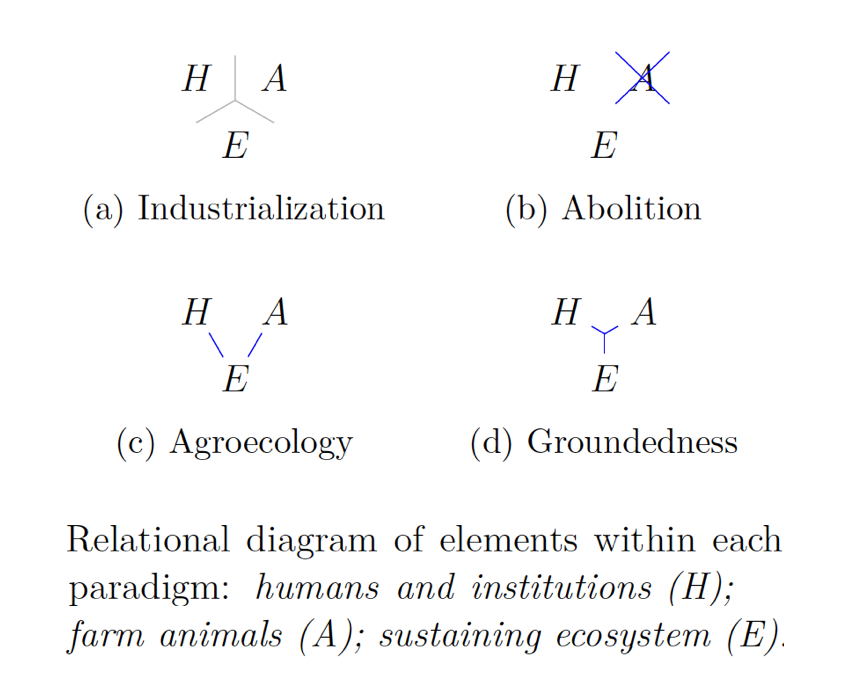Research
Publications
-
Palandri, C., E.G. Frank, A. Kimhi, Y. Lavon, E. Ezra, and R. Fishman. “High-Frequency Data Reveal Limits of Adaptation to Heat in Animal Agriculture.” Science Advances 11, eadw4780 (2025). https://doi.org/10.1126/sciadv.adw4780
Understanding the impacts of climate change on food systems is a key research priority, but important sectors and the scope for adaptation remain underexplored. Here, we analyze over 320 million daily observations of milk production across 12 years, paired with survey data, to provide estimates of the effect of humid heat and the scope for adaptation. Results indicate that extreme heat reduces milk yield by up to 10%, with effects that persist for more than 10 days. Effects are stronger when cows are at more productive stages, suggesting a productivity-resilience tradeoff. Cooling infrastructure and management adjustments were widely adopted over the preceding two decades, but only partially mitigate these losses, reducing them by less than half. Given the technological advancement and the representation of the climate of key producing countries in our sample, these results suggest that adaptation strategies, even those at the technological frontier, may be insufficient to address climate change damages.
Working papers (manuscripts available upon request)
-
Chronic and Acute Water Contamination by Animal Feeding Operations
The majority of U.S. animal farming takes place in industrial Animal Feeding Operations (AFOs), where large quantities of manure are produced, stored, then typically spread onto fields. The concentration of animal waste is thought to threaten environmental and public health, as airborne and waterborne transmission puts communities at risk of environmental exposure to its contaminants. Water pollution from swine operations is of particular concern yet there are no robust causal estimates of this externality to date. I gather panel data of all permitted AFOs in the two main hog producing states — Iowa (2002-2017) and North Carolina (1997-2020) — and estimate the effects of animal production on downstream surface water quality readings.
My analysis espouses the spatial structure of the underlying process by constructing station-specific drainage areas, and I use two identification strategies appropriate for the states’ regulatory settings and data resolution: the first leverages the spatiotemporal variation in animal production in Iowa, the second the randomness of intense precipitation events on North Carolina farms.
I find deleterious effects across water quality indicators and across types of operations, including from facilities below the size threshold at which the industry is currently regulated. A daily rainfall extreme at an AFO increases downstream levels of fecal coliforms by 3.5%, and nutrients by 0.5-0.7%, relative to mean sample levels, while an additional swine operation in the average station drainage area increases nutrient concentrations by 3.8-10.7% and decreases dissolved oxygen by 1.1%, relative to sample mean levels. These effects are higher than previous findings focused on large dairies, and are higher for swine AFOs relative to all AFOs.
-
Grounding Animal Farming
Animal farming is at a crossroads in industrialized economies, where three frameworks for potential system futures dominate the debate: sustainable intensification, agroecology, and abolition. This paper takes a systems perspective that sheds light on some of the limitations of each approach, and brings together insights from various disciplines to propose a unifying framework.
The argument first defines the boundaries and core components of the system of animal farming, and then identifies how each of the three frameworks addresses the interconnections between these elements. I bring forward key insights from research in agronomy, sociology, and philosophy, which directly address blind spots of each framework, in particular the conditions for sustainable human-animal interactions.
To be sustainable, a framework for animal farming must address the interconnections of the three core components of this socio-ecological system: humans and their institutional structures, farm animals, and land. I articulate one which does: a grounded animal farming system. It recognizes the particular social relationships and the multiple carrying capacities at play as features that distinguish animal farming from other sectors of the economy. I show its parallels with proposed paradigms on how to pursue a larger socio-ecological transition.

-
A Multilevel Bayesian Approach to Climate-Fueled Migration and Conflict.
Understanding how climate change affects conflict and migration requires rigorous approaches to causal inference. Often, assumptions underlying traditional linear fixed-effects models are not met in reported analyses, and these models frequently overlook the implicit predictive aims of climate–conflict–migration research. The strength of climate effects, especially in spatially heterogeneous settings, may then be poorly inferred and attributed. We apply a multilevel Bayesian modeling approach with partial pooling to better handle spatial heterogeneity, following prescreening to meet modeling assumptions. Applying this framework to a previously published conflict dataset, we show that fixed-effects models may overstate climate impacts in vulnerable regions and overlook critical dynamics in more resilient areas. This approach improves both internal and external validity by balancing bias and variance across regions. We highlight the value of combining econometric identification strategies with flexible statistical modeling to strengthen causal conclusions and enhance predictive performance in the climate-conflict-migration nexus.
Work in progress
- The Economic Disamenities and Health Impacts of Animal Feeding Operations
- Monopoly and Monopsony Power in Meatpacking
- Credit Access and Climate Adaptation in Dairy Farming
